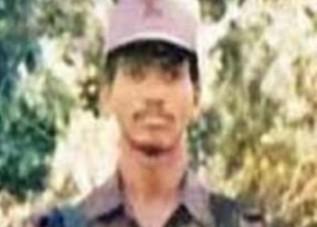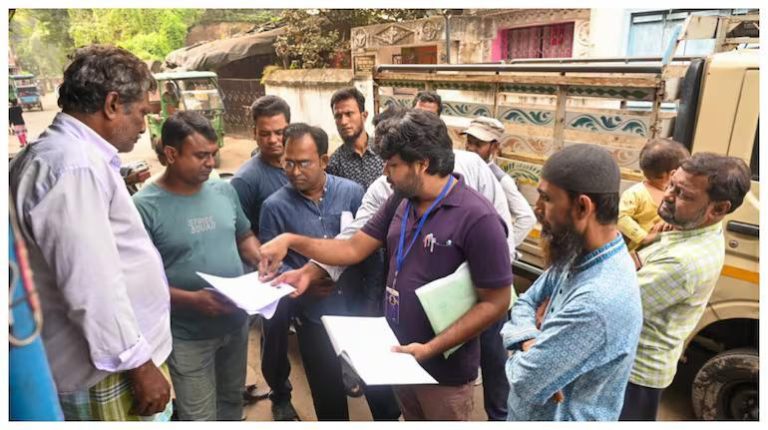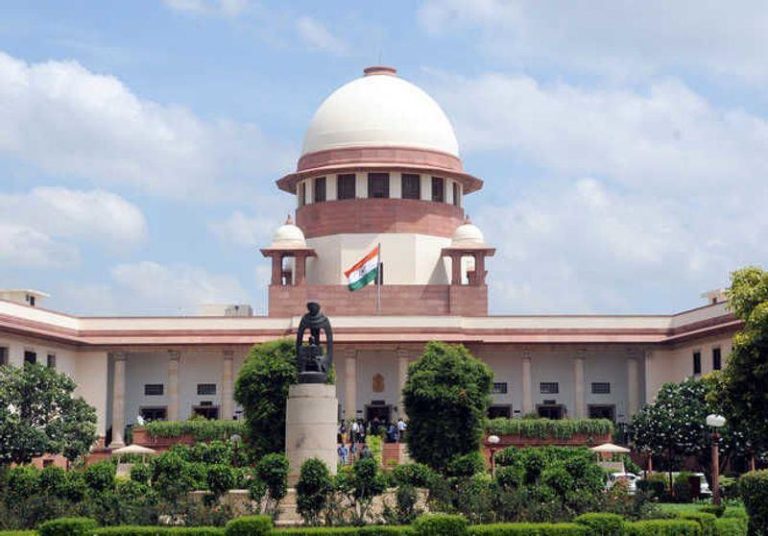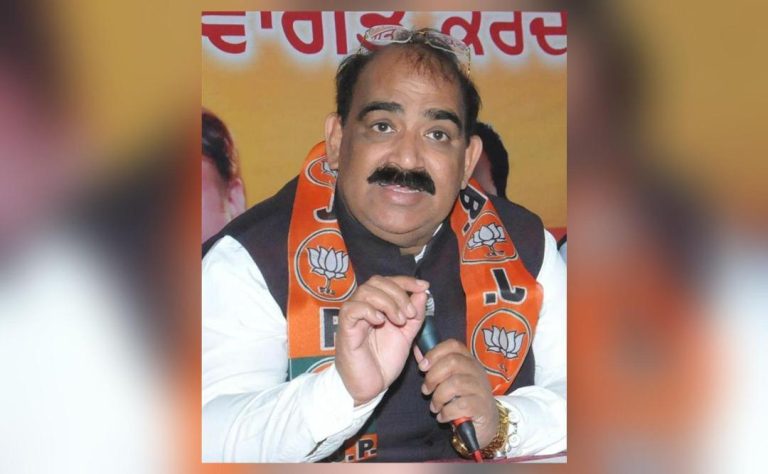
Top Maoist leader Madvi Hidma killed in encounter
In a significant blow to the Maoist movement in India, top leader Madvi Hidma was killed in an encounter with security forces in Andhra Pradesh. According to security officials, Hidma, also known as Santosh, was fleeing from Chhattisgarh along with his wife and four others when they were surrounded by security forces in the Maredumilli forest. The encounter took place between 6 am and 7 am, resulting in the death of Hidma and several others.
Hidma was a prominent figure in the Maoist movement, responsible for at least 26 lethal armed attacks. His death is seen as a major setback for the Maoist insurgency, which has been active in several states across India, including Chhattisgarh, Andhra Pradesh, and Odisha. The Maoist movement, also known as the Naxalite movement, has been waging a guerrilla war against the Indian state for decades, with the goal of establishing a communist government.
The encounter in which Hidma was killed was the result of a joint operation by security forces, including the police and paramilitary units. The security forces had been tracking Hidma and his group for some time, and had received intelligence about their movement from Chhattisgarh to Andhra Pradesh. The forces had laid a trap for the Maoists in the Maredumilli forest, which is a densely forested area and a known Maoist stronghold.
The killing of Hidma is a significant achievement for the security forces, who have been battling the Maoist insurgency for years. The Maoists have been responsible for numerous attacks on security personnel, civilians, and infrastructure, and have been a major challenge for the Indian government. The death of Hidma is expected to deal a significant blow to the Maoist movement, and may lead to a decline in Maoist activity in the region.
Hidma was a key figure in the Maoist movement, and his death will likely have a significant impact on the organization. He was known for his military strategy and tactics, and was responsible for planning and executing several major attacks on security forces. Hidma was also involved in the recruitment and training of new Maoist cadres, and played a key role in the movement’s efforts to expand its influence in the region.
The Maoist movement has been active in India since the 1960s, and has been responsible for thousands of deaths over the years. The movement has been driven by a range of factors, including poverty, inequality, and lack of access to basic services such as healthcare and education. The Maoists have also been driven by a desire to overthrow the Indian government and establish a communist system.
The Indian government has taken a range of steps to combat the Maoist insurgency, including the deployment of security forces, the implementation of development programs, and the establishment of special courts to try Maoist suspects. The government has also offered amnesty to Maoist cadres who surrender and agree to renounce violence.
Despite these efforts, the Maoist movement remains a significant challenge for the Indian government. The movement has a strong presence in several states, and has been able to recruit new cadres and carry out attacks on security forces. The killing of Hidma is a significant blow to the movement, but it is unlikely to mark the end of the Maoist insurgency.
In recent years, the Indian government has stepped up its efforts to combat the Maoist movement, with a focus on improving security in affected areas and implementing development programs to address the root causes of the insurgency. The government has also established a range of institutions and mechanisms to coordinate its efforts to combat the Maoists, including the establishment of a national agency to oversee counter-Maoist operations.
The killing of Hidma is a significant achievement for the security forces, and highlights the effectiveness of the government’s counter-Maoist strategy. However, it is also a reminder of the ongoing challenge posed by the Maoist movement, and the need for continued efforts to address the root causes of the insurgency.
In conclusion, the killing of Madvi Hidma is a significant blow to the Maoist movement in India. Hidma was a key figure in the movement, responsible for at least 26 lethal armed attacks. His death is expected to deal a significant blow to the Maoist insurgency, and may lead to a decline in Maoist activity in the region. The Indian government has taken a range of steps to combat the Maoist movement, including the deployment of security forces and the implementation of development programs. The killing of Hidma is a significant achievement for the security forces, and highlights the effectiveness of the government’s counter-Maoist strategy.






